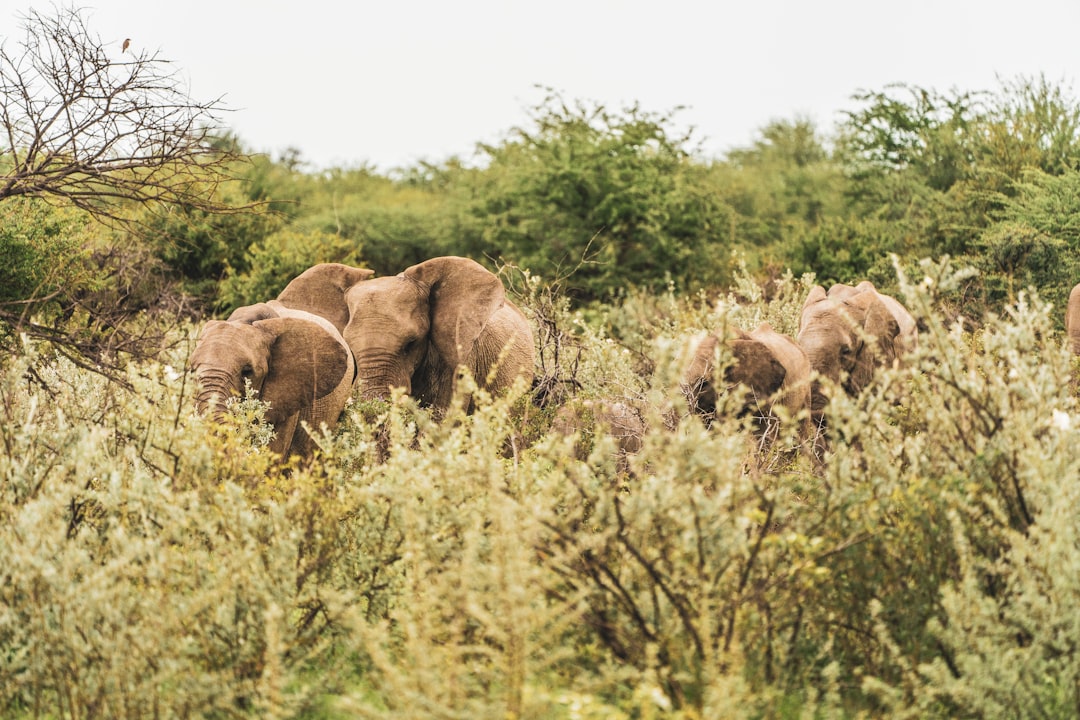What is it about?
We utilized a large amount of data derived from satellite telemetry on sandhill crane locations and flight patterns to evaluate where in the Middle Rio Grande Valley of New Mexico low-altitude flights are concentrated, and whether there are patterns to exposure to collision risk with hypothetical high-voltage transmission lines. We identified hotspots of activity, mostly associated with known high-use management areas, and determined that there are many places where a new high-voltage transmission line crossing the Rio Grande would pose little collision risk to wintering sandhill cranes.
Featured Image

Photo by Richard Lee on Unsplash
Why is it important?
As alternative energy development expands in the western United States, high-voltage transmission capacity is also expanding, potentially presenting novel impediments to wildlife movements across the landscape. Wintering sandhill cranes are a well-known and socio-economically important species in New Mexico, and are at greater risk of collision with powerlines due to their morphology and evolved flight behaviors. We conducted a landscape-scale assessment of collision risk, showing that while some areas potentially present increased exposure to collision, there are likely many areas where a high-voltage transmission line could be responsibly sited. The methods used in our study should be broadly replicable and applicable outside of the Middle Rio Grande Valley of New Mexico, USA.
Perspectives
This article represents a truly rewarding collaboration among private sector wildlife ecologists, statisticians, and federal wildlife managers. Conducting the study was a pleasure, as was synthesizing this manuscript.
Quentin Hays
GeoSystems Analysis, Inc.
Read the Original
This page is a summary of: Spatially Explicit Assessment of Sandhill Crane Exposure to Potential Transmission Line Collision Risk, The Journal of Wildlife Management, July 2021, Wiley,
DOI: 10.1002/jwmg.22100.
You can read the full text:
Contributors
The following have contributed to this page










